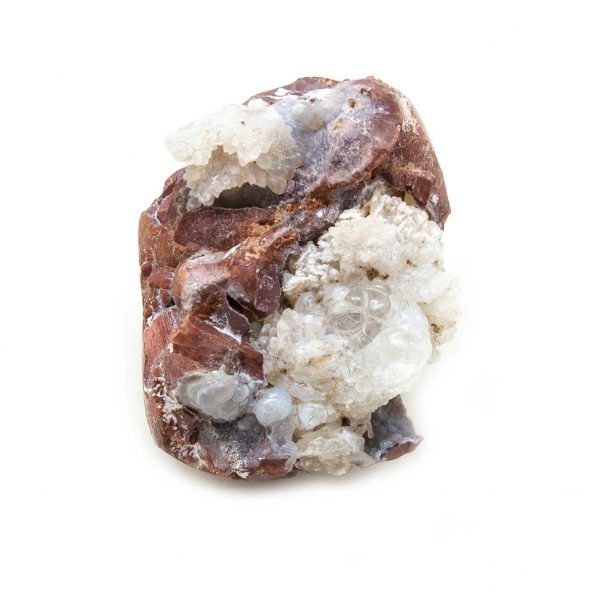

Peruvian Opals also come in shades of blue and green, and it is the only South American country that has these pretty gems. They are famous for their vibrant bubblegum pink hue, but can also be a paler pastel pink or a vivid fuchsia. Most of the common Pink Opals on the market from the Andes mountains of Peru. Normally, they’d all be called Mookaite Jasper, but occasionally, the pink ones are marketed as Pink Opals instead. Mixed in with those two colors, its not unusual to see pinks, purples, and even white stones. When this stone is red and/or yellow, it is called Mookaite Jasper. Instead of being pure Opal, however, the Australian variety is actually opalized radiolarite. Kupa piti gradually become Coober Pedy, which local residents now claim means “white man in a hole.”Īustralia occasionally produces Precious Pink Opals, and also has a unique variety of common Opal.

In a bizarre turn of events, Willie died in 1920 while swimming in a water hole. An Opal Rush began, and hundreds of men seeking their fortune poured into the “Stuart Range Opal Field.” This name was deemed too boring, and was replaced with kupa piti, Aboriginal words that meant “the boy’s watering hole,” a nod to Willie Hutchinson. He and his father were searching for gold but instead found a mother-lode of pale white sparking gems. Opals were discovered in the desolate Stuart Mountain range in 1915, by a 14-year-old boy named Willie Hutchinson. The “Opal Capital of the World” is the small desert town of Coober Pedy, in Southern Australia. Today, the vast majority of Opals come from the outback of Australia. Nonius refused and fled, leaving all his worldly possessions behind, taking only the Opal. Marc Antony, the most powerful man in the Roman world at that time, demanded that the Senator give the gemstone to him. It was owned by a Roman Senator named Nonius. Pliny the Elder (CE 23-79), a Roman author, naturalist, and philosopher described Opal in his lapidary, The Natural His tory of Precious Gemsto nes. He related that a generation before him, there had been an enormous Opal, as big as a hazelnut, which was worth more than a villa. The name Opal most likely derives from the the Sanskrit upala, meaning “precious stone.” It has also been suggested that the name may also come from Ops, a Roman Earth Goddess associated with fertility and the harvest.Īt one time, Opals commanded a higher price than any other gemstone, far higher than Diamonds or Rubies. Tumbled Opals, by contrast, are known as Common Opals, and have a flat color.

Most of the legends associated with Opals refer specifically to the Precious Opals that contain a flashing “fire” of color inside them. Opal is included in virtually every known lapidary, texts which describe gemstones and their powers. It also blends perfectly with other types of Opal such as Green, Purple, White, and Yellow. Try it in combination with Agates, Amethyst, Aventurine, Chalcedony, Citrine, Clear Quartz, Jasper, Prasiolite, Rose Quartz, Smoky Quartz, Tigers Eye. Pink Opal’s energy works well with its family – other Silicate minerals. Common Opals, by contrast, lack this fire and have an opaque, flat color. Precious Opals have a fiery play of colors sparking across their surface. Opal comes in two main varieties, precious and common. There are six main groups of Silicate minerals, and these main groups are further subdivided into secondary subdivisions, such as Quartz and Feldspars.

These tetrahedra connect with other chemical structures, in six different ways, to form various minerals and rocks. Together, these two elements form a tetrahedron – a shape similar to a pyramid – with a Silicon atom in the center and Oxygen atoms at each of the four corners. Silicates are minerals which contain the elements Silicon (a light gray shiny metal) and Oxygen (a colorless gas). Opal is a type of Common Opal and a Silicate mineral.


 0 kommentar(er)
0 kommentar(er)
